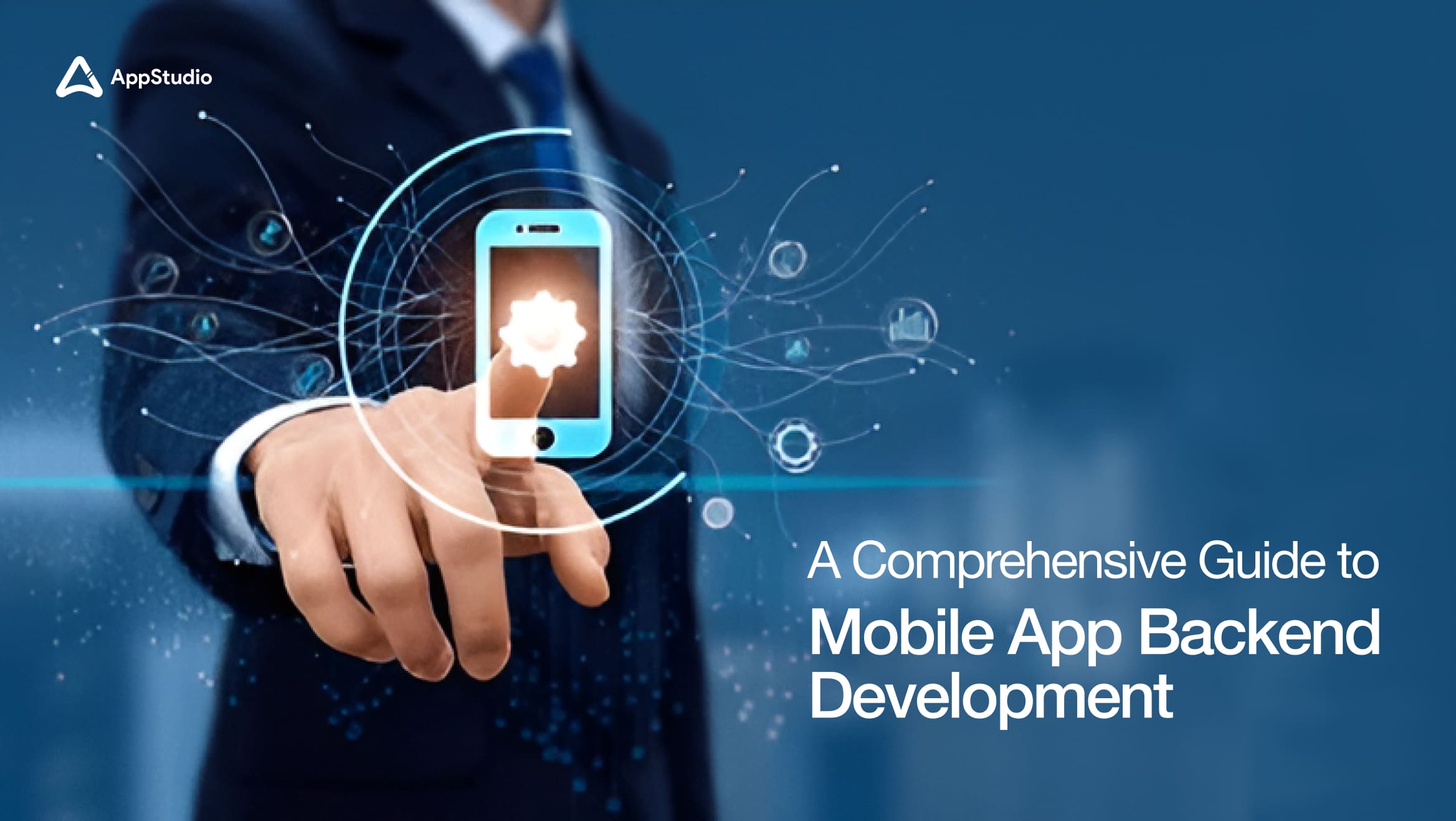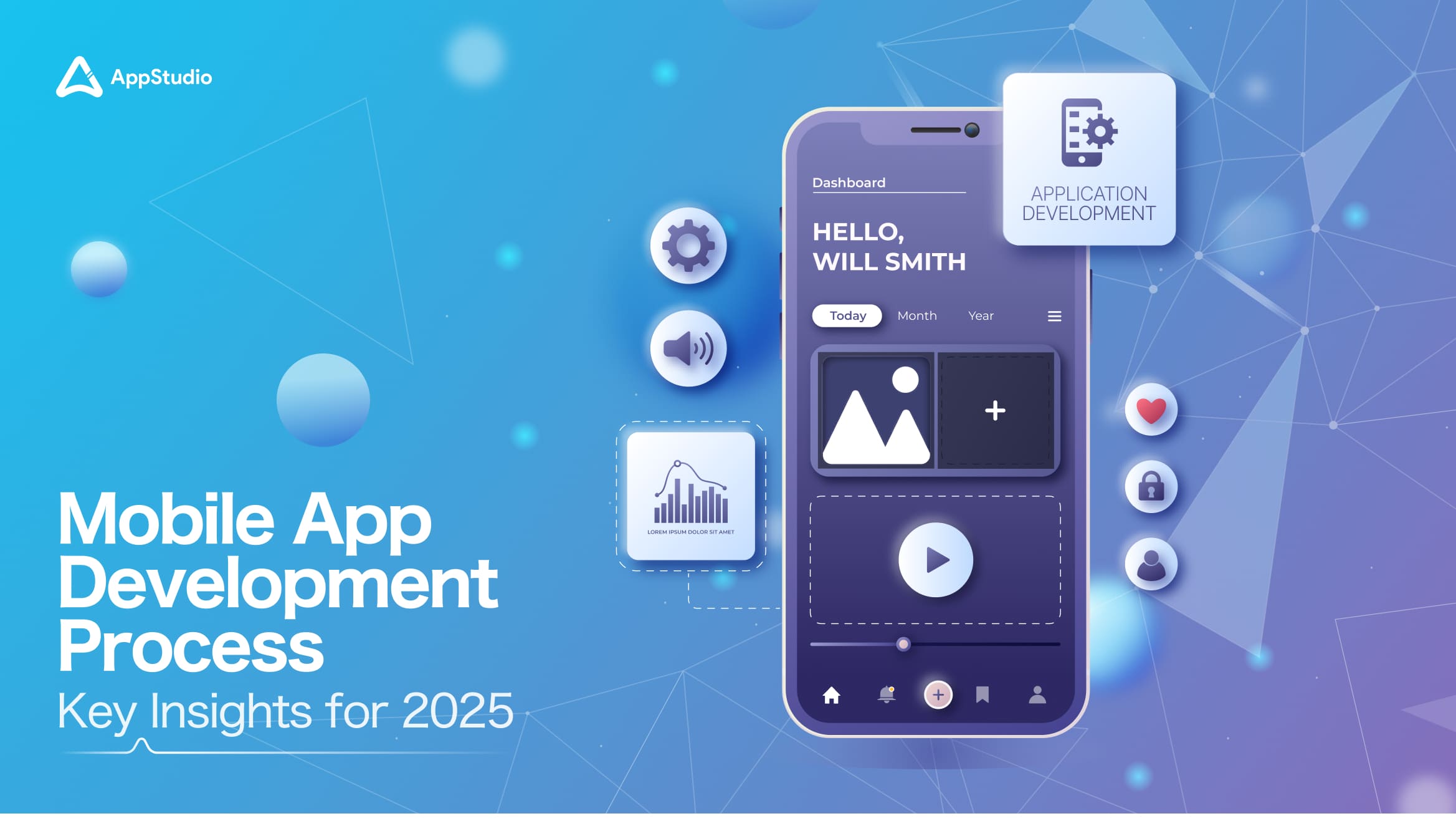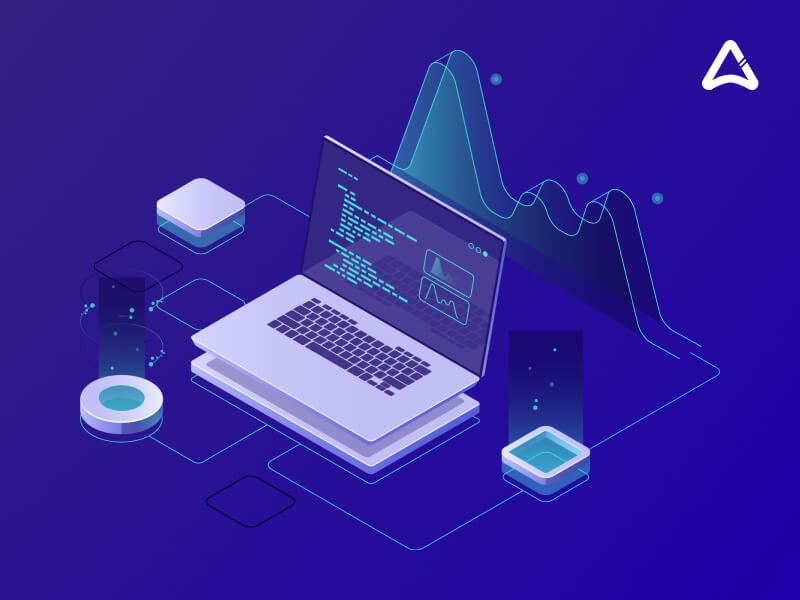Everything’s got an app these days—whether it’s for food delivery, fitness, shopping, or just about any service you can think of. In a world where having a mobile app has gone from a nice-to-have to a must-have, it’s easy to focus on the parts we see and use every day, like the app’s look and design. But just like humans need both a brain and a heart to function, every mobile app needs a strong backend to keep everything running smoothly behind the scenes.
In this blog, we’re taking an in-depth look at the backend for mobile app development. We’ll explore what it is, why it matters, and walk you through the essential components, stages, and tools involved. Consider this your go-to guide for mobile app backend development—a resource you may find invaluable whether you’re building a new app or enhancing an existing one.
What is Mobile App Backend Development?
Think of a mobile app as an iceberg floating in the ocean. The part you see above the water—is the front end, where users engage. But the massive part hidden below, unseen, is the backend, the core that powers everything you experience on the app. Just like our brains keep us functioning without us even noticing, the backend silently handles everything a mobile app needs to work smoothly.
The backend for a mobile app is where all the magic unfolds. It processes, stores, and secures data, manages updates, syncs information across devices, and tackles complex tasks that your phone can’t handle on its own. For instance, when you open an app like Spotify to stream a playlist, the backend connects with servers to deliver those songs straight to your screen.
Without a solid backend, the frontend would just be a pretty face—no data, no syncing, no dynamic updates. This backend server runs remotely and is accessed through APIs, allowing developers to manage the app’s functionality without relying on your phone’s limited power. So, while we don’t see the backend, it’s the powerhouse behind every seamless app experience.
Related reading: Why React Native is Good Choice For Mobile App Development
Frontend Vs Backend
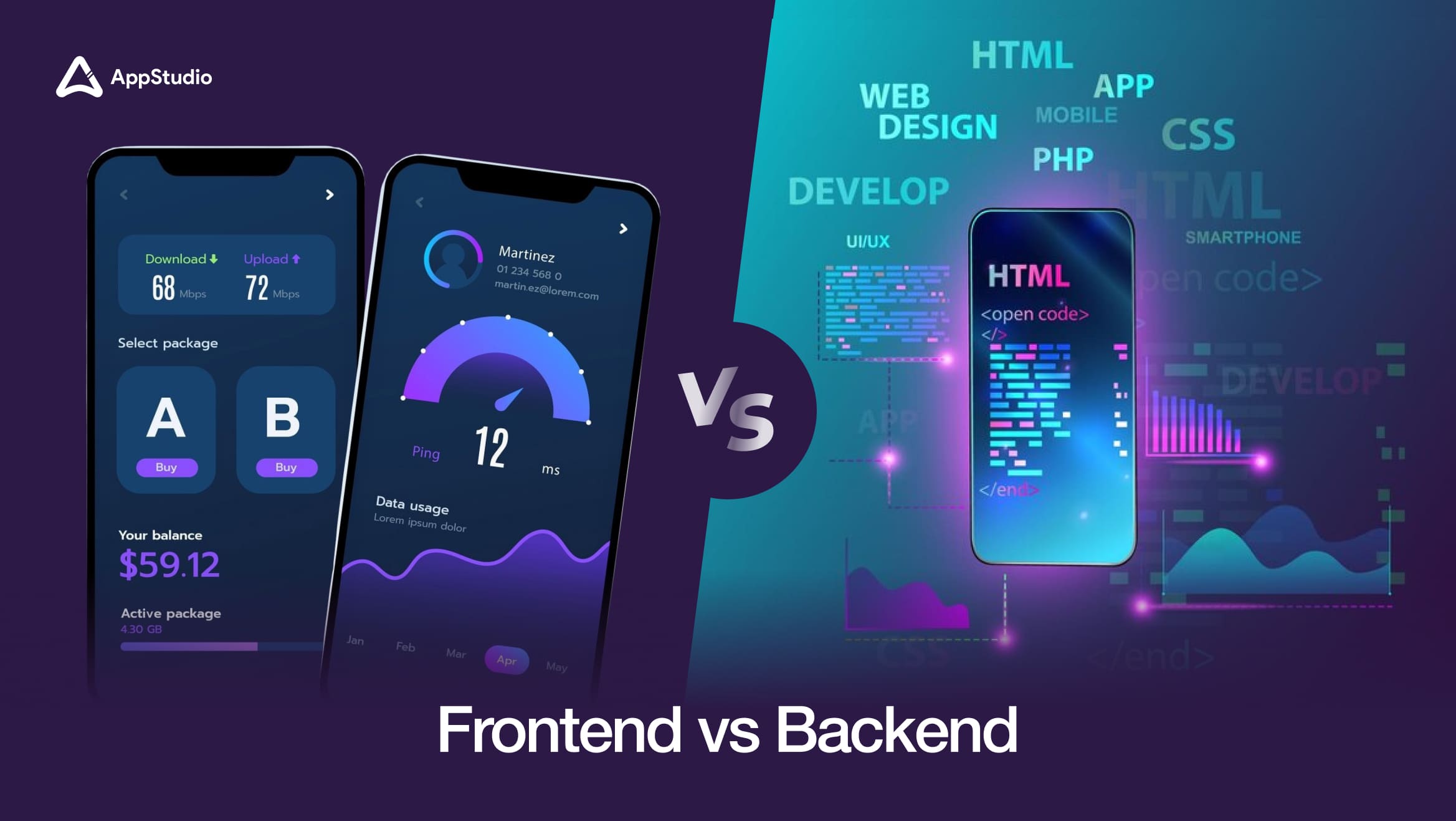
If you’re new to terms like frontend and backend, here’s a simple way to think about it. A developer might say, “Frontend is the code that makes the app look appealing with colors and design,” while “Backend is the code that makes those designs actually function.” Let’s look deeper into each.
Frontend
The frontend of a web or mobile app is the visible part that users directly interact with, often known as the “client side.” It encompasses everything users see and engage with—such as text styles, images, buttons, navigation menus, and more.
Frontend developers work to ensure these visual elements not only look appealing but also function seamlessly. Their focus extends beyond just the design; they implement interactive logic that responds to user actions, using languages like JavaScript, HTML, and CSS. They also prioritize responsiveness—ensuring the app adapts smoothly to different screen sizes—and stable performance, making sure each element responds quickly and intuitively on any device.
Backend
The mobile application backend architecture is the foundation that powers the app behind the scenes, often referred to as the “server side.” While users don’t directly interact with the backend, it plays a crucial role in managing data storage, organization, and processing, ensuring the smooth operation of the frontend.
Backend developers are responsible for building APIs, creating libraries, and developing system components that support the mobile app’s frontend. They also handle server-side logic and implement business logic to process and manage data efficiently, ensuring that all app functionalities work seamlessly. This mobile application backend architecture is essential for the core operations of the app.
Mobile App Backend Development Languages
Backend languages operate on the server side, working alongside the frontend to create a smooth, fully functional app experience.
NodeJS
NodeJS is an open-source, cross-platform runtime that lets developers run JavaScript outside of a web browser. Though it’s not a language or framework on its own, NodeJS application enables developers to build mobile app backend architecture services like APIs and web and mobile apps.
JavaScript
JavaScript is a popular language for creating interactive features on both the client and server sides. While HTML and CSS manage page structure and design, JavaScript enables dynamic features that make websites more engaging.
C++
A versatile language, C++ is used to create everything from operating systems to games and browsers. Its support for various programming styles makes it highly adaptable and robust.
Swift
Apple developed Swift primarily for building native iOS, macOS, Apple TV, and Apple Watch applications, giving developers powerful tools for creating smooth, efficient apps across Apple devices. While Swift can also be used for server-side development with frameworks like Vapor, it’s mainly geared towards frontend development for Apple’s ecosystem rather than backend services.
Java
Java is the primary language for native Android app development, and Android’s APIs are optimized for it. However, developers working on Android app backend development can also use C or C++ through the Android NDK, though this may affect performance.
Related reading: Top Reasons to Hire AppStudio for iOS Mobile App Development
Types of Backend for Mobile Apps
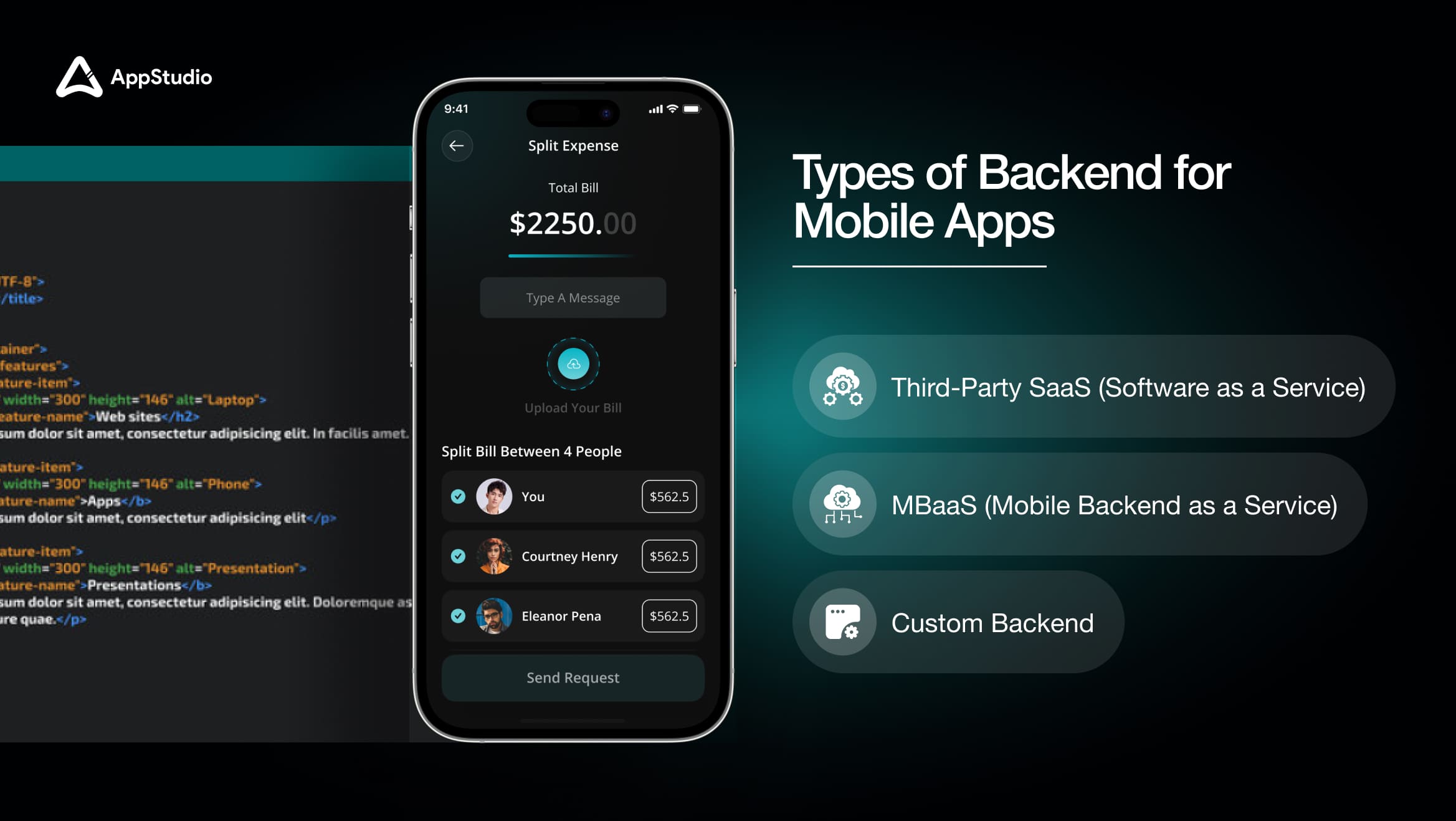
Now that we’re clear on what backend and frontend mean let’s dive into the specifics of different backend types. Each type of backend solution caters to unique app needs and business logic requirements.
Third-Party SaaS (Software as a Service)
Sometimes, the type of app you want to build already has a similar backend solution available on the market. With third-party SaaS backends, you can connect your app’s frontend to an existing backend by paying a subscription fee, usually monthly or yearly. Think of it as a plug-and-play setup that links your app’s frontend to their backend services. This approach saves time and is great for apps that don’t require extensive customization.
MBaaS (Mobile Backend as a Service)
For apps needing solid backend features like user data storage, authentication, and push notifications, MBaaS is a strong option. MBaaS provides pre-built components and libraries that let you add complex functionalities without building from scratch. While you can still add custom code, MBaaS solutions save time and development costs. Developers simply pay a subscription based on service usage, like the number of notifications or active users, making it a flexible, cost-effective choice.
Custom Backend
A custom backend offers full flexibility, allowing you to build features tailored to your specific needs. While it’s a larger investment upfront, it’s worth it for apps that demand high performance and security. To achieve the best results, you’ll need the right tech stack and might consider a hybrid approach, blending elements of SaaS, MBaaS, and custom backend mobile app development to meet all your requirements.
Critical Components in Mobile Backend App Development
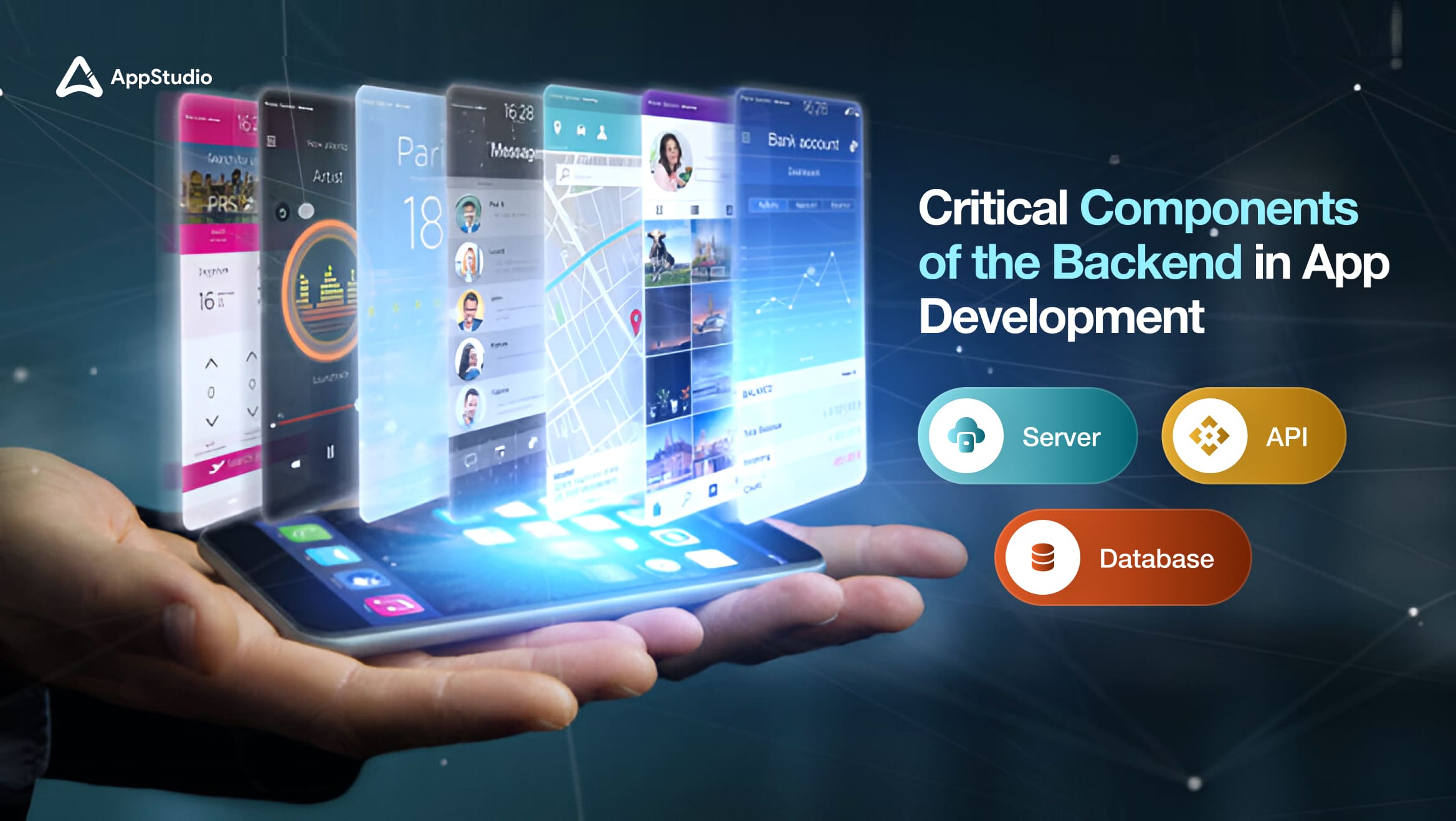
Here’s a breakdown of the essential components that make up the backend in app development for mobile apps:
Server
The server acts as the main processing unit for the application. It handles requests from the app’s frontend, processes the data, and sends back responses. Serving as a central hub, the server stores and manages data while overseeing authentication and security measures. It enables communication between the app and any external APIs or third-party services that may be needed for certain app functions.
Database
The database is where all user information, content, and other necessary data for the app are stored. It allows for efficient storage, retrieval, and manipulation of data, ensuring that the mobile app can quickly access and process essential information. The database also helps maintain data integrity and offers a scalable solution for managing large volumes of user data as the app expands.
API
APIs create connections between the mobile app and the backend server, allowing for a smooth flow of data. This uninterrupted communication ensures that users can interact with the app in real-time and receive current information effortlessly. Moreover, APIs enable developers to incorporate various third-party services and features into the app, improving its functionality and enhancing the user experience.
Related reading: React vs Angular – The Exemplary Preference For Mobile App Development
Best Practices for Backend App Development
When you build a backend for a mobile app, it’s essential to prioritize several key areas to maximize the app’s chances of success. Failing to focus on these aspects can negatively affect the app’s overall performance and user experience.
Scalability
The mobile app’s backend must be adaptable enough to support a growing number of users and more data without affecting performance. To achieve this, implement a scalable design that allows for horizontal scaling, meaning you can add more servers to meet increased demand. Additionally, using caching and optimizing database queries can help improve the speed of the backend system.
Security
It’s important to take steps to prevent security breaches and protect user data. Implement robust authentication and access control measures, such as two-factor authentication and user access management. Regular software updates, data encryption, and periodic security audits are essential for keeping the system secure.
Flexibility
Ensure the backend is as flexible and easy to modify as possible so it can accommodate new features and updates in the future. Adopting a microservices architecture allows you to develop and release different parts of the system independently. It’s also wise to follow industry-standard protocols and application programming interfaces (APIs) to maintain compatibility with new products and systems.
Maintenance
Regularly updating and maintaining the backend for mobile app is crucial for its longevity and security. By closely monitoring all features, data, and backend components, you can identify and fix bugs or security vulnerabilities as they arise. Keeping an eye on the backend ensures smooth operations and a positive experience for users.
Related reading: Did You Know The Role of React Native in Mobile App Development?
Popular Tools for Backend App Development
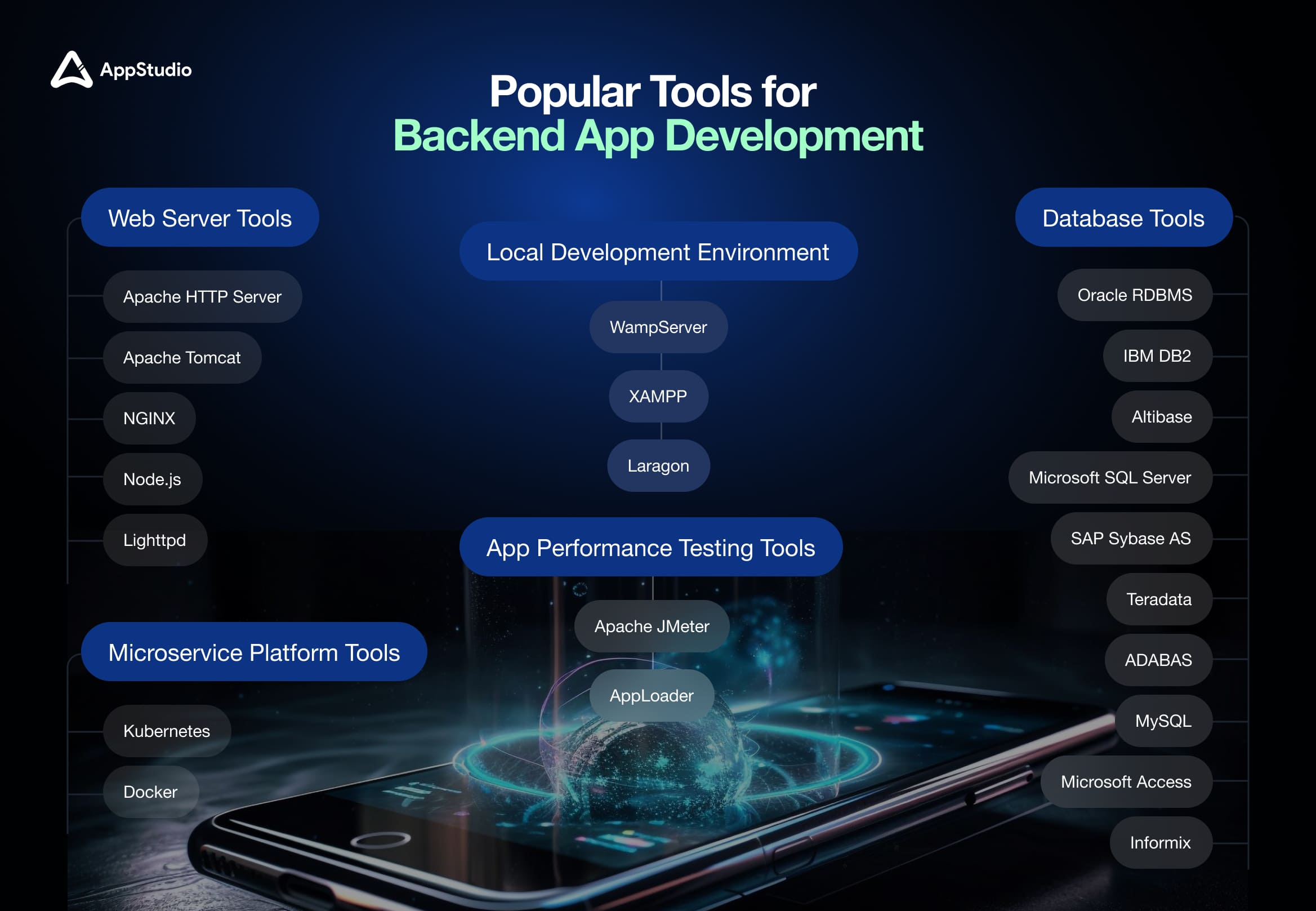
Web Server Tools
- Apache HTTP Server
- Apache Tomcat
- NGINX
- Node.js
- Lighttpd
Database Tools
- Oracle RDBMS
- IBM DB2
- Altibase
- Microsoft SQL Server
- SAP Sybase AS
- Teradata
- ADABAS
- MySQL
- FileMaker
- Microsoft Access
- Informix
- SQLite
- PostgreSQL
- Amazon RDS
- MongoDB.
Microservice Platform Tools
- Kubernetes
- Docker
Local Development Environment
- WampServer
- XAMPP
- Laragon
App Performance Testing Tools
- Apache JMeter
- AppLoader
Advantages of Mobile App Backend Development
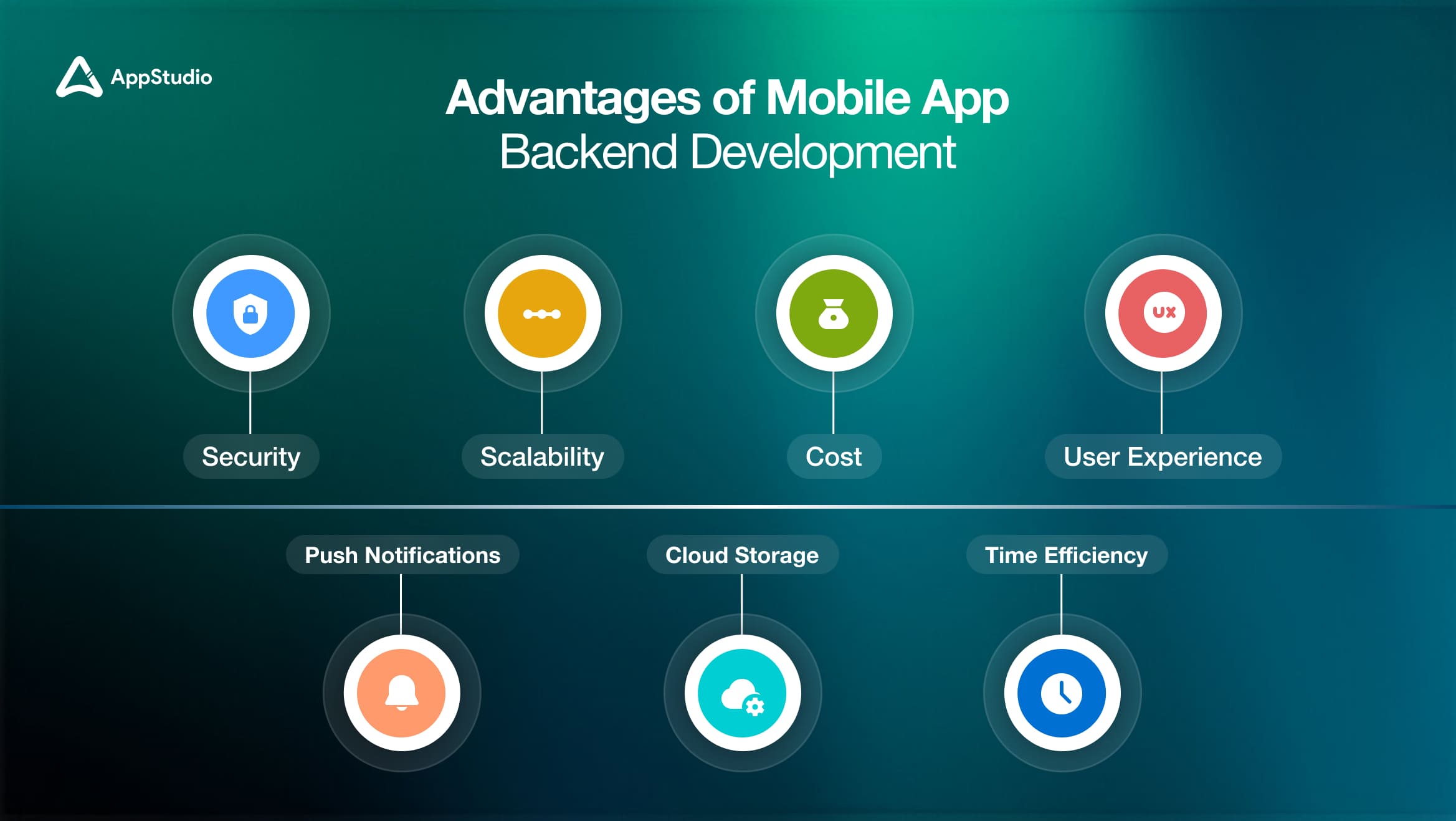
Security
When you build a backend for a mobile app, ensuring security is paramount. A well-designed backend protects sensitive information from data breaches and cyberattacks through encryption, secure storage, and safeguards against unauthorized access. A secure backend not only builds user trust but also ensures compliance with data protection regulations, making it a critical component for any mobile app’s success.
Scalability
A good backend design allows an app to grow its user base and scale effectively. It can handle increased traffic, data volume, and user interactions without slowing down. Scalability ensures the app remains functional and responsive as it gains more users and popularity.
Cost
Investing in backend development can save money in the long run. A solid and efficient backend reduces the need for constant updates and maintenance. Scalable backend solutions also help manage growth without requiring significant additional costs.
User Experience
The backend is key to providing a smooth and responsive user experience. It quickly processes user requests and supplies the front end with necessary data and features. A seamless interaction between the front and backend enhances user engagement and keeps them returning.
Push Notifications
Push notifications are essential for keeping users informed and engaged. They alert users about updates, new content, and important messages. These notifications help capture users’ attention and encourage them to take action within the app.
Cloud Storage
Integrating cloud storage with the backend streamlines data management and access. Cloud solutions offer scalable, reliable, and secure storage options, allowing users to retrieve their information from anywhere without hassle.
Time Efficiency
A well-organized backend can significantly reduce development and deployment time. By optimizing coding practices and frameworks, developers can speed up the process. This efficiency allows businesses to launch their apps quickly and stay competitive.
Related reading: Decoding Mobile Application Architecture: How To Choose The Best Architecture?
How AppStudio Can Assist You with Mobile App Backend Development
Skilled backend developers are key to your project’s success. At Appstudio, we specialize in efficient server processes that enhance functionality and speed, creating a seamless web experience.
Our portfolio covers a wide range of industries, from startups and enterprises to government agencies, making us a trusted partner in mobile app backend services. With Agile methodologies, we keep you involved and informed from discovery through support, ensuring top quality at every stage.
Conclusion
A well-designed backend mobile app development ensures scalability, security, and optimal functionality, providing a seamless user experience. It handles critical operations such as data storage, user authentication, and third-party integrations, all of which are vital for smooth app performance.At AppStudio, our expert team specializes in delivering custom backend solutions tailored to various industries, consistently exceeding client expectations. If you’re looking for a reliable team to build a robust backend for your mobile app, reach out to us today!
Frequently Asked Questions
Backend for mobile app development involves building the server-side of applications, managing data storage, handling user authentication, and integrating external services. It’s essential for delivering smooth app performance and a seamless user experience.
We offer various backend architectures, including serverless designs for efficient resource management, cloud-based solutions for flexibility and cost-effectiveness, and traditional server-based systems tailored to specific app requirements.
At Appstudio, we prioritize security in our mobile app backend services by applying top industry practices, such as data encryption, secure authentication methods, and regular security audits, to safeguard your application and protect user data.
Our backend solutions for both Android app backend development and iOS are built with scalability at their core, enabling your application to handle growing traffic and user demand seamlessly, without sacrificing performance.
We have successfully developed mobile applications across various industries, including healthcare, finance, e-commerce, education, and entertainment, ensuring tailored solutions for diverse business needs.
At AppStudio, we follow Agile methodologies to ensure a transparent and collaborative approach to mobile app backend development. We provide regular updates and deliver usable versions of your app at each stage, from initial discovery to ongoing support.
